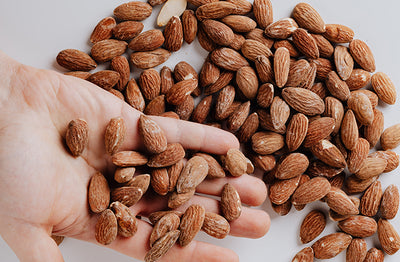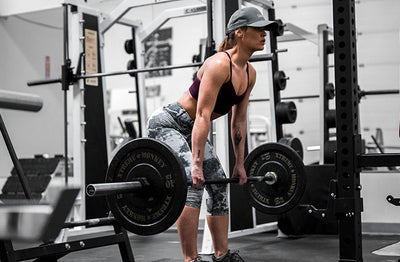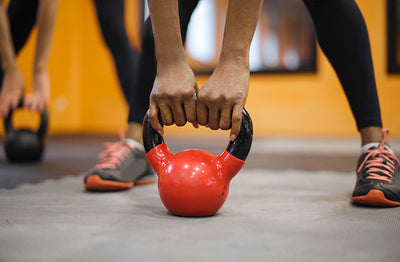There's been a bit of a buzz about blood flow restriction (BFR) training recently, you may have even seen people in the gym with restriction bands around their limbs – but what actually is it? And what is it doing to your muscles? We help breakdown the science on what it is and why people are into it. Like all new types of training, make sure you talk to your doc first to make sure it’s safe and right for you before tying up those limbs.
What is BFR and how does it work?
BFR training is a technique that combines low intensity exercise with blood flow restriction that can produce similar results to high intensity training. It was initially developed in the 1960’s in Japan, where it’s known as KAATSU training, but it’s been making a big comeback recently.
BFR involves wrapping a pressure band or cuff around the top of your limb to restrict the blood flow from the working muscle. Blood can enter the muscle through the normal arterial flow, but because the veins are restricted, blood partially stays in the working muscle causing a swelling effect of the muscle. By restricting the veins and not the arteries, blood can continue pooling into the working muscle and stays trapped there.
So what actually happens?
By bringing in all of that blood to the working muscles without letting it leave, a couple of key things happen. One, you get a crazy pump. Seriously, your muscles become supersized. The theory is that this leads to cellular swelling which shocks the muscles into new growth. Two, it’s gonna burn like hell. Your muscles quickly become deprived of oxygen and can’t get rid of accumulating waste materials and this creates metabolic stress.
Got the twitch?
Because BFR training limits oxygen going to the muscle that means the slow-twitch Type I muscle fibres aren’t very active as they require oxygen for fuel. Instead, the bigger, faster Type II muscle fibres are recruited. To recruit Type II muscle fibres during traditional resistance exercises, we usually need to perform exercises at a very high intensity. But the oxygen limitations flip that upside down!
Why does that matter? Lactic acid is very important for growth hormone release. Growth hormone secretion levels are 170% higher after BFR than traditional resistance exercises, meaning that blood flow restriction training creates a large increase in muscle protein synthesis. With BFR you can use lighter loads to build muscle while sparing your joints from heavy loading.
How do you do it?
For the upper body, wrap it just below the shoulder at the top of the upper arm so that the wrap is nestling into your armpit.
For the lower body, wrap just below the gluteal fold from the back and just below the hip flexor from the front.
You want to wrap at about a 7 out of 10 on the tightness scale (10 being as tight as possible).
You shouldn’t feel any numbness or tingling sensations. If you do, that means you wrapped it too tight. Wrapping it too tight will restrict arterial flow and prevent blood from pooling in the muscle, so it defeats the purpose. When in doubt, wrap on the looser side, especially in the beginning.
The key to effective BFR training is using light loads (40 to 50 percent less), high reps (10 to 15 reps or more), and short rest periods (30 seconds or less).
It’s also important to note that BFR doesn’t replace your regular training – it just enhances it.
But like with all new types of exercise – always check with your doc first to make sure it’s right for you!
If you really want to see results always combine any exercise routine with a
healthy diet and proper nutrition. To further boost your recovery, give you a heap of high quality protein and help you grow muscle try
Dymatize – ISO 100,
Optimum Nutrition – Gold Standard 100% Whey,
Muscle Pharm – COMBAT 100% WHEY, or
GHOST – WHEY.















